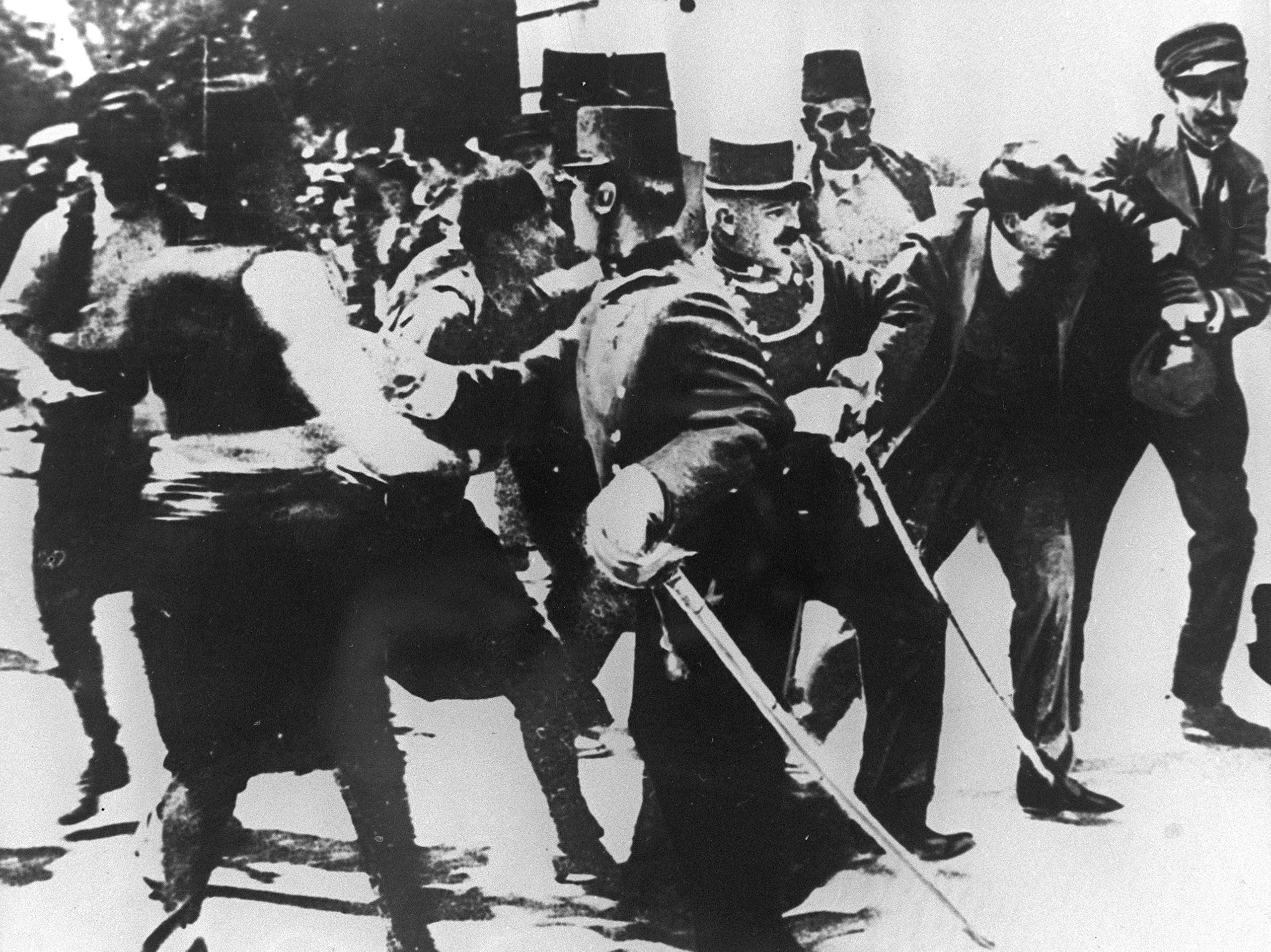On New Year's Day 1914, a respected weekly literary publication carried a long article penned by an author referred to only as A Rifleman. Entitled "Letters on War" and published in The New Age, an influential radical magazine in Britain, the three-page piece argued forcefully in favor of military conflict.
Success in war, argued the writer, "carries with it the potentiality of the highest form of economic development . . . [and] the highest degree of physical and moral development." The armed strength of nations was, the article stated, "the highest expression of that physical force which is the basis of all our moral codes."
Seven months after the article was published, the first world war erupted. It was not, as A Rifleman had hoped, an opportunity for physical and moral development but a conflict of unparalleled destruction. By the time the armistice was signed near the end of 1918, 10 million men had lost their lives on the battlefield, with another 20 million wounded. H.G. Wells called it "the war to end war" — a grim optimism that was to prove depressingly unfounded.

















With your current subscription plan you can comment on stories. However, before writing your first comment, please create a display name in the Profile section of your subscriber account page.